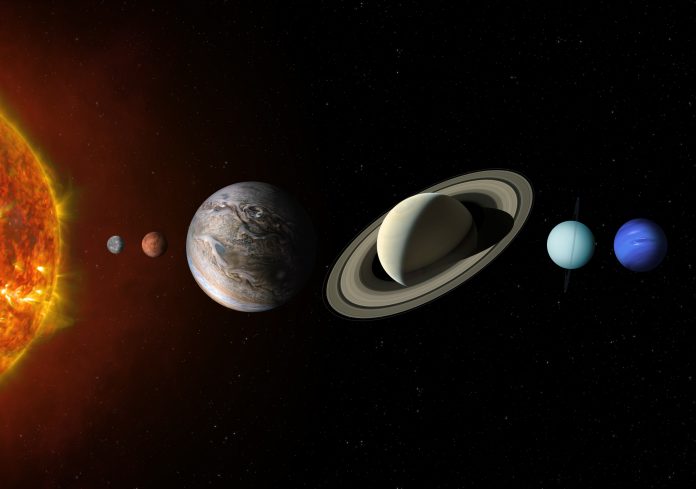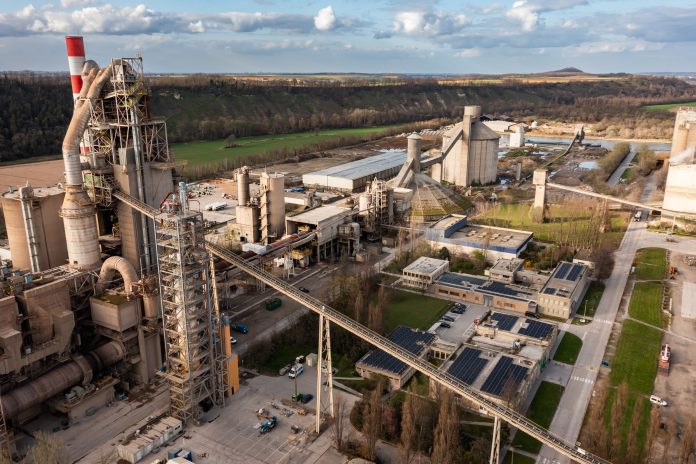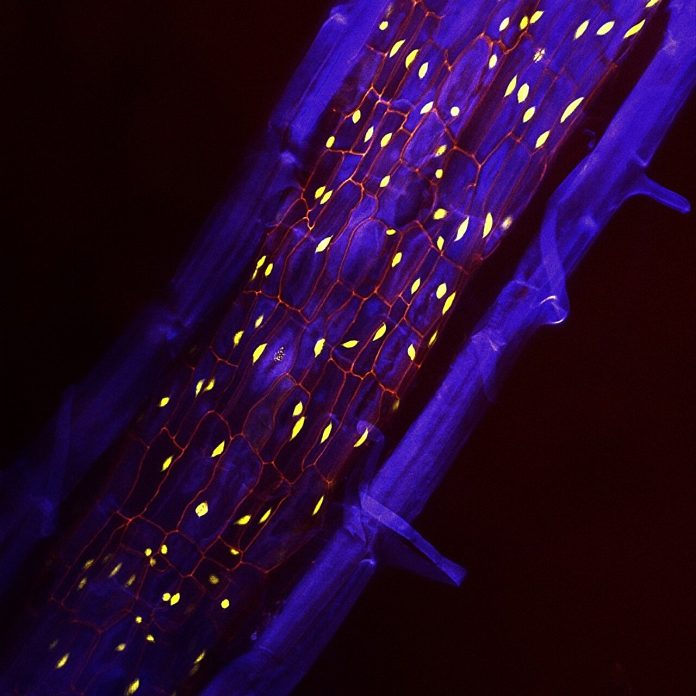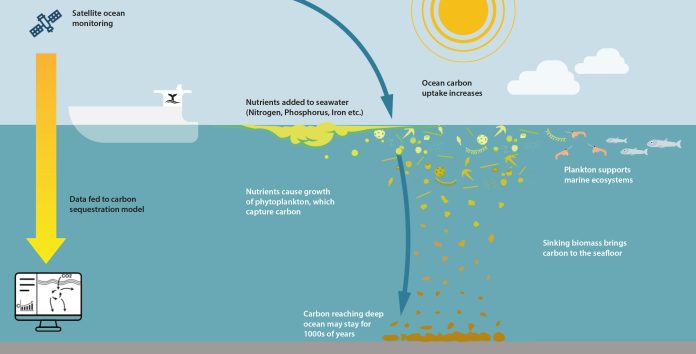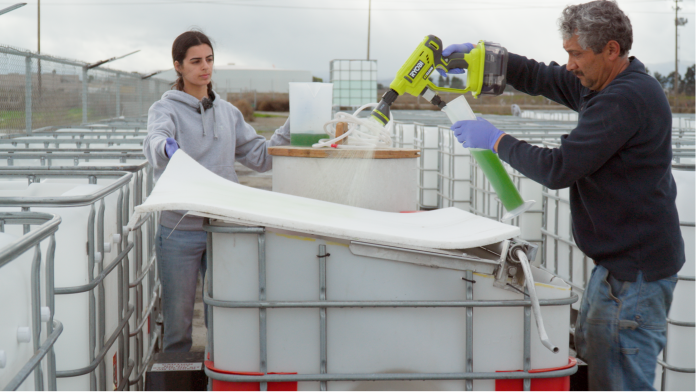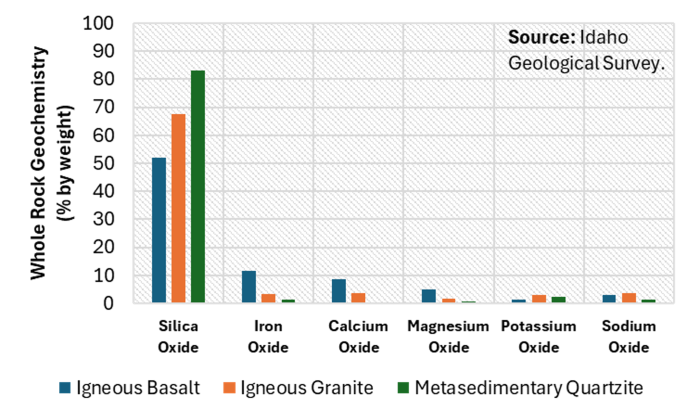Open Access Government produces compelling and informative news, publications, eBooks, and academic research articles for the public and private sector looking at health, diseases & conditions, workplace, research & innovation, digital transformation, government policy, environment, agriculture, energy, transport and more.
Home Search
atmosphere - search results
If you're not happy with the results, please do another search
Institute for Earth, Computing, Human and Observing (Institute for ECHO) and INGV
Dr. Ouzounov and Dr. De Santis' research on the interactions between Earth's lithosphere, atmosphere, and ionosphere has uncovered new insights into how geospheres respond to major earthquakes and other natural disasters.
Catalyzing mineral weathering for permanent, safe and cost-effective carbon storage
Martin Van Den Berghe, CEO of Cytochrome, discusses catalyzing mineral weathering for permanent, safe, and cost-effective carbon storage.
Denmark receives applications for CO2 storage exploration offshore
The Danish Energy Agency (DEA) has received two applications from companies interested in exploring the potential for storing carbon dioxide (CO2) in the subsurface of Denmark's nearshore areas.
How can we serve the growing aquaculture industry with sustainable feed?
The aquaculture industry is rapidly growing and needs sustainable feed as wild fish catches decline. Greentech Innovators are reducing emissions and promoting sustainability by turning food waste into valuable feed resources.
UK Government announces £25 Million boost for hospices to improve end-of-life care
The UK government has announced a £25 million boost for hospices across England, marking the first phase of a larger £100 million investment to improve the quality of end-of-life care.
Seven planets will be visible in the night sky during a planetary parade
It's not uncommon to spot at least one bright planet on most nights; however, sometimes, you may get the chance to see up to four of five planets visible at once. This creates a "planetary parade" or a "planet alignment".
Redefining industrial sustainability
Committed to providing decarbonisation solutions for the global cement and lime industries, Leilac’s CEO, Daniel Rennie, discusses the principles for an environmentally and economically sustainable industrial transformation.
Transforming U.S. agriculture to combat climate change
A new study has revealed a new approach to help the US meet its Net Zero target by 2050; this new innovative solution involves weathering (EW) through agriculture.
Urgent policy needed to combat the forgotten greenhouse gas: Tropospheric ozone
Global air pollution demands urgent action. With toxic smog choking cities worldwide and 99% of the population breathing unsafe air, 2025 must be the year for decisive policy changes. A key, often overlooked, target is tropospheric ozone, a potent greenhouse gas and dangerous pollutant.
Biochar technology to sequester billions of tons of CO2
This CDR champion industry, biochar, has proven technology that can quickly grow to sequester billions of tons of CO2. However, the industry has growing pains it must overcome to reach its extraordinary potential, James Gaspard, CEO of Biochar Now LLC, reveals.
James Gaspard – Biochar Now LLC
James Gaspard is the Founder and CEO of Biochar Now. Biochar Now has created a patented biochar production system and has multiple production sites throughout the world. James is currently leading a massive worldwide expansion to service their growing customer base. Our patented production process sequesters approximately three tonnes...
The periderm: Protecting plants from environmental stressors and fighting climate change
Scientists have revealed how the periderm, armoured roots of plants, not only shields them from environmental stress but also plays a crucial role in capturing and storing carbon, offering a natural solution to climate change.
Damp, condensation and mould: How to spot a healthy building
Damp, condensation and mould are unsightly aspects of a building but, did you know they are only ‘symptoms’ of a problem and finding the root cause is vital in rectifying them.
Ocean nourishment sequestering carbon dioxide in the deep ocean
Phytoplankton have been essential to life on Earth for over 35 billion years. Through photosynthesis, they consume carbon dioxide on a scale comparable to that of forests and other land plants. Edwina Tanner from the WhaleX Foundation shares insights on this and discusses the potential for plankton-based solutions in marine carbon dioxide removal (mCDR) and ocean nourishment.
Role of extracellular electron transfer in the nitrogen cycle
Extracellular electron transfer impacts the nitrogen cycle by enhancing microbial processes and connecting to other biogeochemical cycles. Understanding EET mechanisms provides insights into ecosystem functioning and potential advancements; Arpita Bose and Zhecheng (Robert) Zhang explain.
A novel approach to sampling microplastics
Applied Ocean Sciences is creating a sensor that is faster, more efficient, and less expensive than current sampling methods and will be the first sensor to allow near real-time abundance measurements for microplastics in a water sample.
Carbon capture surface: CO2 removal technology
Beth McDaniel, JD, Partner President from Reactive Surfaces Ltd. LLP, introduces us to Carbon Capture Surfaces, a CO2 removal technology that checks all the boxes.
UK’s first carbon capture project in Teesside
As the UK transitions into clean energy, they have now signed for the country's first carbon capture, usage and storage (CCUS) projects in Teeside.
Soil parent material: The role of earth’s skin on forest health
Soil is complex, posing challenges for measurement and management at scale. Mark Kimsey from the University of Idaho highlights the importance of monitoring soil properties in forest management. This has resulted in digital tools that help align management practices with the characteristics of soil parent material and climatic conditions.
Space exploration with NASA: Where will space research take us in 2025?
2024 was a year of remarkable achievements for NASA, marked by groundbreaking missions, scientific discoveries, technological advancements and continued space exploration. As we prepare for 2025, the agency continues to push the boundaries of human exploration and knowledge.






